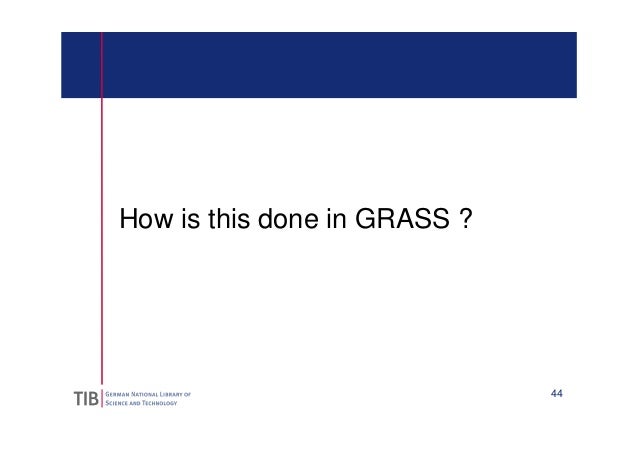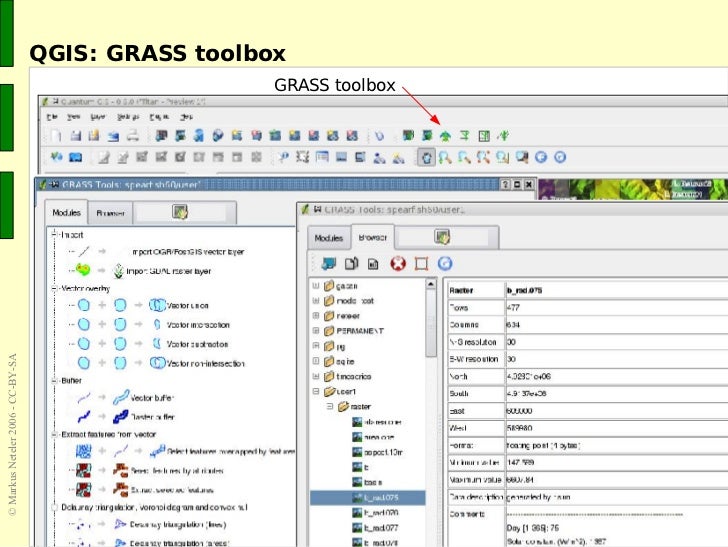

If an expression is already available for the layer, you can use it for labeling. For example, an Arcade expression might be created to derive a yearly sales figure for individual sales territories by summing the value of monthly sales fields. You can also create a custom attribute expression written in Arcade to label a feature layer. Select one or more attributes you want to show-for example, the name or type of feature. The text for a label is usually derived from the layer attributes. Labels are short pieces of text that describe features in a layer and help your audience understand the features they see.

The way you draw your layers helps to describe and identify features, but sometimes you need more than just a particular symbol or color to convey what you want to say with your map. Maps can display large amounts of geographic data in layers that generally overlap. To learn more, see the Map Viewer help documentation. Open it from the app launcher to get started. Srclatdec, srclondec, elev_m, map_name, x, y, landuse_ID, landuse,Īnd there you have it, all the columns of the input vector layer, the two columns with the coordinates, and the last two columns with the land-use categories and category labels.A new Map Viewer is now available. Print(*colsl, sep=", ") cat, feature_id, featurenam, class, st_alpha, st_num, county, county_num, primlat_dm, primlon_dm, primlatdec, primlondec, srclat_dms, srclon_dms, from subprocess import PIPEĬols = Module("db.columns", table="POIex4", stdout_=PIPE).outputs.stdout Instead, we can use PIPE functionality (the python equivalent of bash pipe) to get the output, replace the line endings with a comma, and print the names on one line to the console. Printing the columns names results in a long list. Module("v.", flags=, vector="POI_select", Anyway, if you want to include the coordinates, use the -c flag. I guess to make it easier to export it as a csv file and import it in another program. I can’t even remember why I included that option.

The other option is to write the coordinates of the POI’s to the attribute table of the new point layer. You can enable this option using the -o flag. Incidentally, being able to do this easily was the reason I wrote this addon. The first is to copy the columns of the attribute table of the input point vector layer to the attribute table of the new point layer. V.select ainput=points_of_interest binput=regionbounds \ The POIs cover a much larger area than the landuse map, so let’s first create a new point layer that only includes the POI within the bounds of the landuse map. It also includes a vector layer points_of_interest (POI). The data set includes a landuse raster layer with labels for each of the land-use categories.
CREATING LABELS IN GRASS GIS INSTALL
You can download the sample data from here (or you can install it directly from the menu if you use grass gis 8.0 or newer). Let’s use the North Carolina basic data set to illustrate the use of the addon. The name of the column with the raster labels is the same as the name of the sample raster layer. The name of the column to which the values are written starts with ID_, followed by the name of the sampled raster layer. The function writes the raster categories and labels to the attribute table of a new point layer. For those running GRASS GIS 8.0 RC1 or newer, the addon is available as v.Īs input, you need one or more categorical raster layers with category labels, and a vector layer with points that represent the locations for which you want to sample the raster values and labels. Which made it a good time to submit it to the grass addon repository. When I recently wanted to use it again, I had to solve a few Python 3 compatibility issues. The category values and labels are directly written to the attribute table of a new point layer. But back in 2016 I had some time at hand, so I wrote a small addon that queries the category values and labels of a raster layer for locations defined by a point layer. Of course, you can use v.in.ascii to import the text file as a point vector layer in GRASS GIS. However, the results of r.what are written to a text file. If you are also interested in the raster category labels, you can use r.what, which lets you query a raster map on its category values and labels. In GRASS GIS you can sample and upload raster values at point locations defined by a vector point layer using the v.what.rast function.
CREATING LABELS IN GRASS GIS UPDATE
This is an update of a post I wrote way back in 2016.


 0 kommentar(er)
0 kommentar(er)
